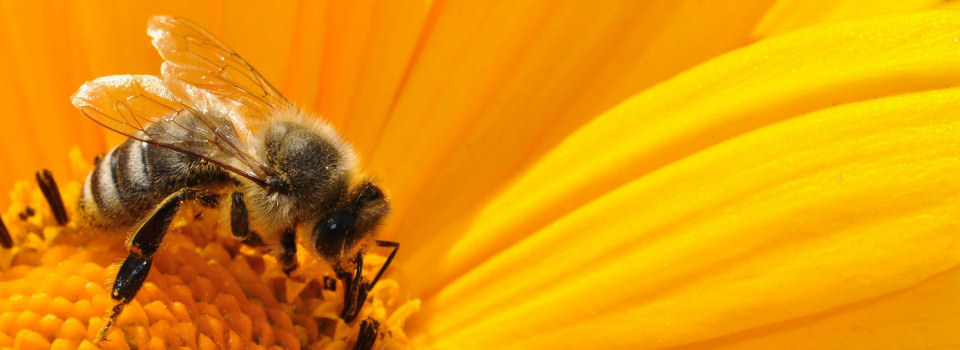One of the best things about mealworms is their ability to eat just about anything. They readily consume a wide variety of green plants and fruit. Mealworms will even eat decayed food that is good enough for maggots to grow on. Read more now on Best pet food.
As for living conditions, mealworms are very adaptable and can be kept in a variety of containers. Jars, plastic trays or cardboard boxes are all suitable homes for them; wire containers are also popular. Perhaps the best choice is tin cans, because they do not provide much space in which mould and other pollutants can develop.
When summer turns to fall, the temperature outside drops. At this time of year, overwintering mealworms start to stir and become active again as they come out from hibernation. If it stays warm for a while longer, you can take some mealworms out of storage to start a fresh breeding population indoors.
As the weather gets colder over Christmas, our breeding unit is turned off so that it can cool down to near freezing, which will kill off worms. The bins will be unheated for about two months before flicking back on once more.
While young, Seagrove found that mealworms eat more than twice their own weight a day; it is around 20%. A test Seagrove made at a research center in 1968 showed that mealworms which are two weeks old consume 21.69% of their own body weight daily.
On the other hand, let's not beat around the bushmealworms can take some getting used to when it comes toyourquest for non-fishoffoodstuffs.Keeping live worms is not everyone s cup of tea.If you re squeam and mustgun straight to them asap,dried or ground better always did exist. But"what better encouragement is there for researchers flashing before their time than notes of this nature?"And while you’re on a roll, why not raise some mealwormsof your own?It sure beats buying the things, and could be a funlittle diversion if you’re into that sort of thing. Justmind to keep their container clean and give thema steady diet of oats or vegetables.
But nowlet‘s face the elephant in the room—or, rather, the beetle. Some people worry about the ethicality of feeding live animalsto pets. It isa genuine concern, but one needsto remember that mealworms don’t have complex nervous systems like mammals. For animals who natural eat insects, in this way it's just a more convenient version of their diet in the wild.Just the same, if you can't stand live feeding then dried mealwormshappen to be a humanely produced alternative that provides the same nutrients.
As far as storage is concerned, mealworms aren't very demanding. Live ones need a cool dry place and a little soil to burrow in. Dry ones can be thrown into a pantry or a cupboard with no further thought. Justget them clear of every bit of wetness, or else you ll be growing an experiment.
Soarguably, mealworms are a good pick: they are cheap,nutritious, and versatile. No matter what you're feeding—from agroaty ferretto a greedy gecko—mealworms are a safe bet that won't break the bank, and they can provide variety in your pet's diet. After all, no one likes to eat the same thing day after day, not even your pet iguana.
Ultimately, common mealworms not only seem creepy-crawly but are also of health. Even though it's very small, it's light whole day works. That's why when you next stop by at the pet store to pick up some groceries, why not buy a container of mealworms too. I guarantee that your pets will love you for it. They probably won't come out and say so, but soon enough you'll see the results.

